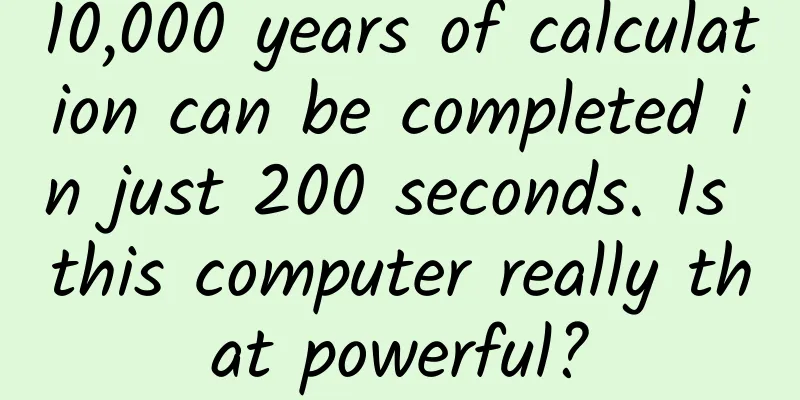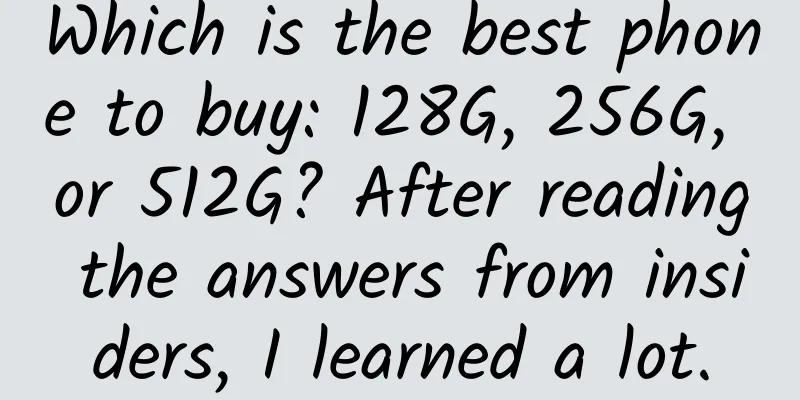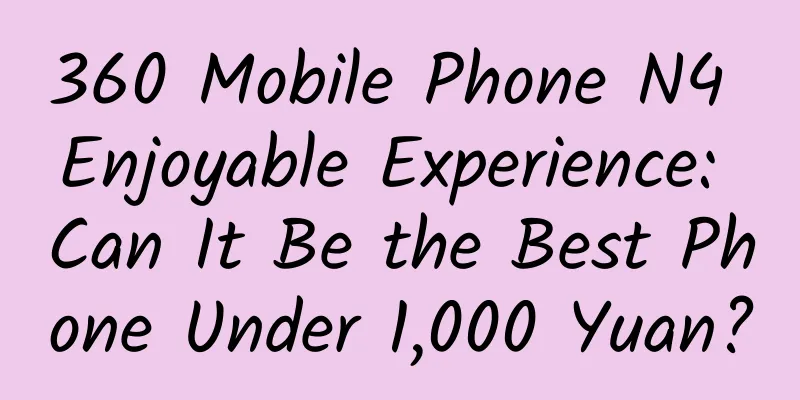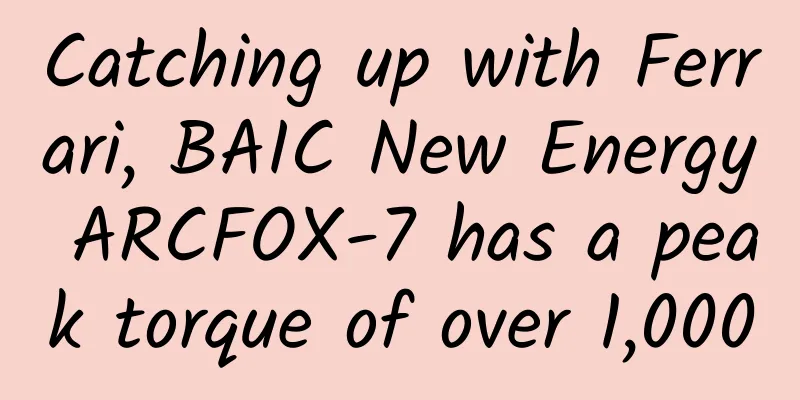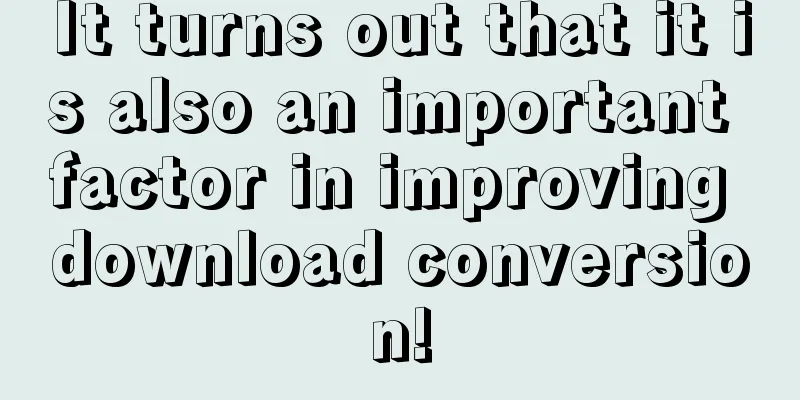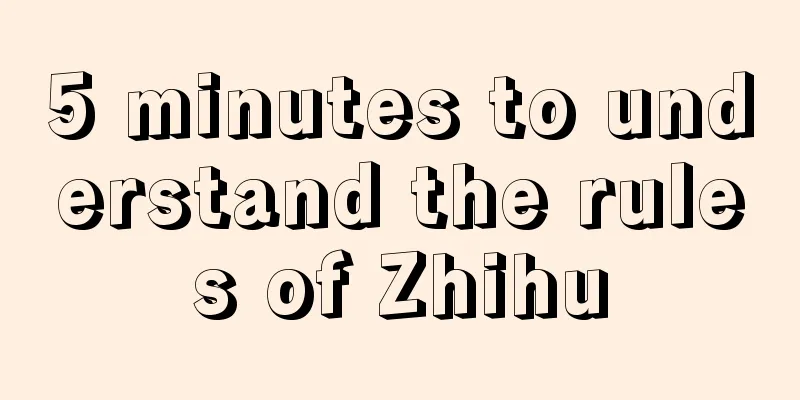How did the emojis you use every day develop to this day? I sorted out this design history
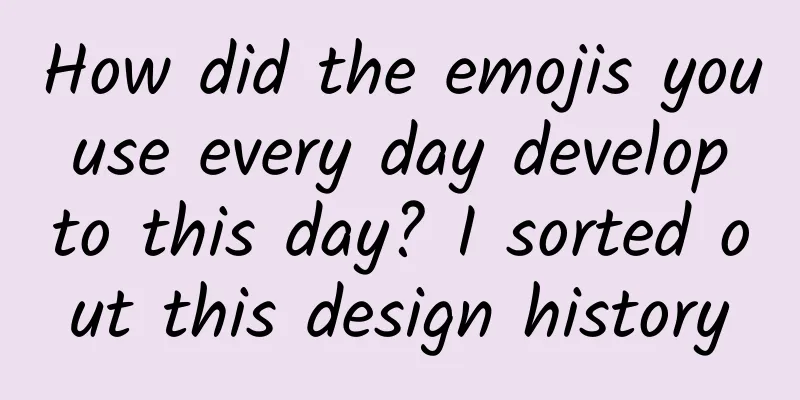
|
From graphics to symbols, and finally to a code in the mobile phone, and finally to self-made emoticons by the whole people, with the changes in media and the popularization of the Internet and 4G, emoticons have gone through a magical journey from their origin to their development. Emoji refers to a way of expressing emotions using pictures. Emoji is a popular culture formed after the social software became active. Emoji, which seems to be a very common element, has become an indispensable part of daily social interaction. Many times, we feel that a single text cannot accurately convey the true emotions we want to express. Sending emojis can make the other party deeply aware of the emotions attached to the other party who is interacting with you at the moment. Emoji, a common emoji with a very high daily usage rate, as a graphical, visual and symbolic form of expression, occupies a very important position in modern people's mobile communication. The importance of emoticons in online chats is determined by the characteristics of online chats. Compared with text, emoticons are not a necessity in communication, but with the advent of the Internet era, the way people communicate has undergone earth-shaking changes. In the past, transportation was slow and letters were far away, so text was a necessity for communication. Now people can communicate effortlessly by tapping their phones, so emoticons are particularly important in the communication scenarios of the Internet era. When we chat and interact with others, we often feel awkward because we don’t know what to say. Emoticons are a magic weapon when we have nothing to talk about. Their appearance has helped many netizens get rid of the awkward chat phenomenon of monotonous language. Many times, we do things cautiously, worried that others will have wild thoughts, especially in the Internet environment, when we do not communicate face to face. At this time, we need some emotions that come with emoticons to cover up our true emotions; sometimes we are worried that others don’t understand our emotions, so we use the emotions that come with emoticons to convey our true emotions; under the increasing pressure of work and life, these seemingly unreasonable and unconventional "cute" expressions can arouse people's numb nerves. With the increasing pressure of life now, in addition to the way to express emotions, emoticon pictures are also one of the perfect ways to release pressure. The origin of imagery The development of emoticons is a graphical expression of information communication. In primitive times, primitive humans who had not invented writing used simple drawings to record facts or state actions. This behavior was not limited to any region or ethnicity, but existed widely. For example, early humans used vivid abstract paintings to record prehistoric historical fragments. After words were separated from patterns, painting quickly became an art form. However, due to its communication methods, painting emphasizes technique and complete expression, and gradually ceased to be a mainstream daily communication method. The original emoji package was actually emoticons On March 30, 1881, four emoticons, called Typographic Art, appeared in the American satirical magazine Puck. They were called "vertical emoticons" because they needed to be read vertically, rather than horizontally like text. Traditional printing technology limited the development of emoticons. It was not until a hundred years later, on September 19, 1982, that Professor Scott Elliott Fahlman first used electronic emoticons on Carnegie Mellon's electronic message board. This kind of expression that uses graphics as a communication medium gradually entered people's daily lives. Later, emoticons were introduced to Japan, and the Japanese invented a horizontal emoticon, which was later called emoticons, such as "^_^" and "╰(*°▽°*)╯" to express happiness and surprise.
Emoticons were first used to avoid language misunderstandings. In Japanese, emoticons are called "kaomoji" (Japanese: 顏文字, かおもじ). The word "颜" means face, and the word "kaomoji" means using words and symbols to form expressions or patterns to express the writer's mood. Simple emoticons express very little meaning, but they can be used across software. Although complex emoticons have enhanced expressive power, their ability to be used across software is weakened. Treating symbols as a language is more of a fun and gimmick. Although there have been many attempts in the West to use emoticons to explain complex concepts, they are only auxiliary. It is still difficult for emoticons to purely replace text. The Book from the Ground is a book written in various sign languages and symbols, which records the typical life of modern urban white-collar workers in a 24-hour day in a humorous way. This is a book that does not use any traditional characters, and it is also a book that does not need to be translated anywhere. Regardless of cultural background or language, anyone with contemporary life experience can understand this book. This book is basically expressed in symbols, but symbols can never replace words, but emoticons have become the second most needed language for modern people in a kind of symbol. The appearance of the classic emoticon package Little Yellow Face In 1999, Shigetaka Kurit, the father of Japanese emoticons, designed more standardized 12px*12px text emoticons to expand the communication media of pager mobile communication products in order to expand the company's business. With the rapid development of technology and the development of more mobile phones, smart phones, ICQ or MSN communication software, emoticons have been adopted by the encoding "Unicode" compatible with most computer systems and are widely used in various mobile text messages and social networks. Compared to emoticons, emojis have more details and can show more information in a smaller size. Later, many software also launched their own emojis. One of their notable features is that the expressions only have heads and the structure is relatively simple. Darwin believed that humans had facial expressions before they invented language because they were essential to survival - people had to be able to convey emotions such as danger, disgust, and perhaps joy before they invented words to match them. The early yellow face emojis took advantage of the human cognitive framework for recognizing facial emotions (smiling and non-smiling faces are so powerful that they are often used as hidden "priming stimuli" in psychological research to influence people's reactions to other things). Darwin once showed a series of photos of people to 20 guests at home and asked them to judge which emotions were expressed in the photos. At least since him, humans have known that facial expressions are easy to read and almost universal. Emoji is officially stamped In August 2014, Oxford Dictionary Online added "Emoji" to its new vocabulary, which means it has become an official word. The 2015 Emoji Report revealed a spectacle: 92% of Internet users are using emoji, of which more than 60% are high-frequency users. In the annual Oxford Dictionary's Word of the Year, the word of 2015 rarely appears as an emoji. This is the most popular "Face with Tears of Joy", a smiling face with tears of joy. The use of the crying and laughing emoji accounts for 20% of all emojis. In 2015, Oxford Dictionaries unprecedentedly selected the "laughing and crying" emoji as the word of the year. Image source: Swiftkey/Twitter To truly realize the transition from emoticons to "emoticon packages", we need to pull the timeline to the WEB 3.0 stage The operating logic of the Internet has changed from a one-way pattern of websites providing users with graphic information to a two-way interactive pattern between netizens, and netizens have become more autonomous. It is also crucial that, after a long period of cultivation, the threshold for image production technology has been continuously lowered, and people can make emoticons by themselves. Self-made emoticons by netizens have begun to emerge in large numbers, and emoticons have developed to the third stage after emoticons and Emojis, that is, they are not limited to static abstract emoticon simulations, but use dynamic and graphic combinations to construct dialogue scenes with richer meanings and stronger sense of substitution. During this stage, emoticon packages also experienced a transformation from being dominated by PGC to the coexistence of PGC and UGC. At the beginning, emoticon packages such as "Tuzki" dominated the mainstream, while foreign LINE emoticon packages were the first to charge for download, and gradually generated LINE friends IP. At this time, emoticon packages were still provided by professional producers of the platform, which were relatively complex and mainly dynamic. Later, everyone made their own UGC, starting with the "Baozou Comics" series. Of course, PGC still occupies a certain proportion. UCG emoticons are simple in form, usually a picture plus short text, but because of the huge number, variety of types and rapid production, they have gradually become the mainstream. Later, everyone made their own UGC, starting with the "Baozou Comics" series. Of course, PGC still occupies a certain proportion. UCG emoticons are simple in form, usually a picture plus short text, but because of the huge number, variety of types and rapid production, they have gradually become the mainstream.
When the producers of emoticons gradually became diversified, emoticons were given more functions beyond expressing emotions in interpersonal communication. This is when emoticons entered their heyday. A careful observation of the development of emoticons reveals that they are closely tied to hardware media conditions. The process of transitioning from emoticons to emoticons and the continuous enrichment of their forms is precisely the process of the continuous development of technical media. The presentation form of emoticons has always been limited by hardware, but each generation of Internet users has always been able to explore communication forms beyond single text expression as much as possible when the hardware limitations reach the limit, and constantly enrich the means of expressing emotions in virtual communication. Driven by this tension, emoticons have gradually evolved into what they are today. |
<<: Tencent practical case! How does QQ Sports upgrade user experience?
Recommend
The friend who is still using an old-fashioned sewing machine to make patches may be a math genius
The old-fashioned pedal sewing machine should be ...
How much does it cost to customize a pipe fittings applet in Bayinguoleng?
There is no doubt that the topic of mini programs...
How Xiaomi Enters Users' Homes from the Details of the Conference
On July 22, Xiaomi held its 2014 annual press con...
How does Baijiahao self-media make money? How can a novice quickly become a regular employee and earn income?
In recent years, self-media has been booming, and...
Advertising is returning, and before the value of television is re-evaluated, can you still ridiculously say that television is dead?
The value of television is seriously underestimat...
In the future, electric car batteries will only last for 5 years? If you want to continue using them, you can only replace the battery
Foreign media reported that Asad Farid of Germany...
Hua Shan "Brand Top-level Design"
Huashan's "Brand Top-level Design" ...
Research | Is burning plastic the end of the matter? Microplastics laugh: You are too naive!
Microplastics (maximum diameter ≤ 5mm) are everyw...
Pharmaceutical Technology Week | Use "whitening pills" when you get tanned? NO, NO, NO!
Author: Ma Shuangshuang, Chief Pharmacist, Pharma...
Take medicine in advance to prevent COVID-19? Actively infect with the "mild strain"? Don't believe these 8 COVID-19 rumors anymore!
If you have questions about the coronavirus Espec...
Apple won't have a hard time in 2017, but its golden growth period is over
Foreign media published an article today saying t...
A 2-year-old child died after accidentally ingesting a diet pill containing sibutramine!
Recently, the news that a 2-year-old child died a...
From 0 to 10 million fans, 98 suggestions for short video operations
What is the hottest trend in recent years? Of cou...
A brief discussion on the relationship between iOS, Android, Unix and Linux
First, let's look at the time when several sy...
